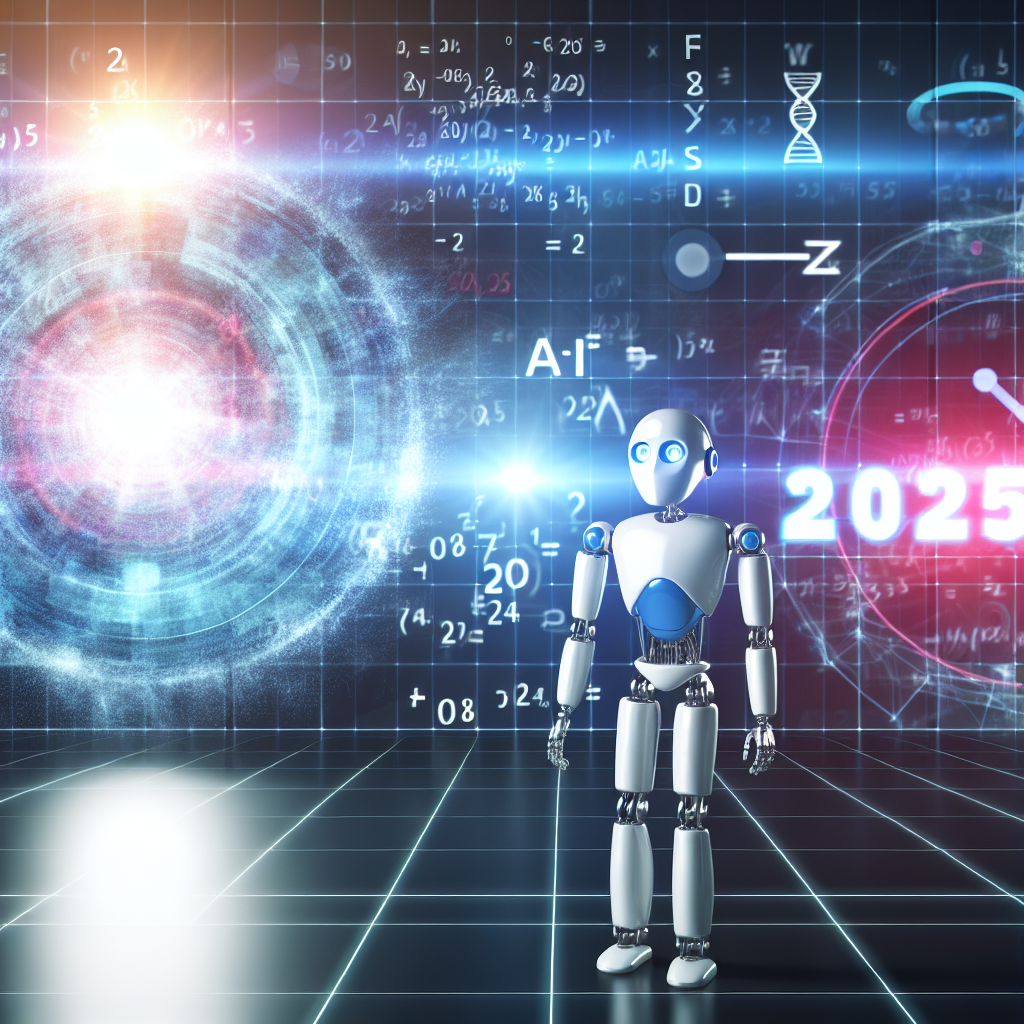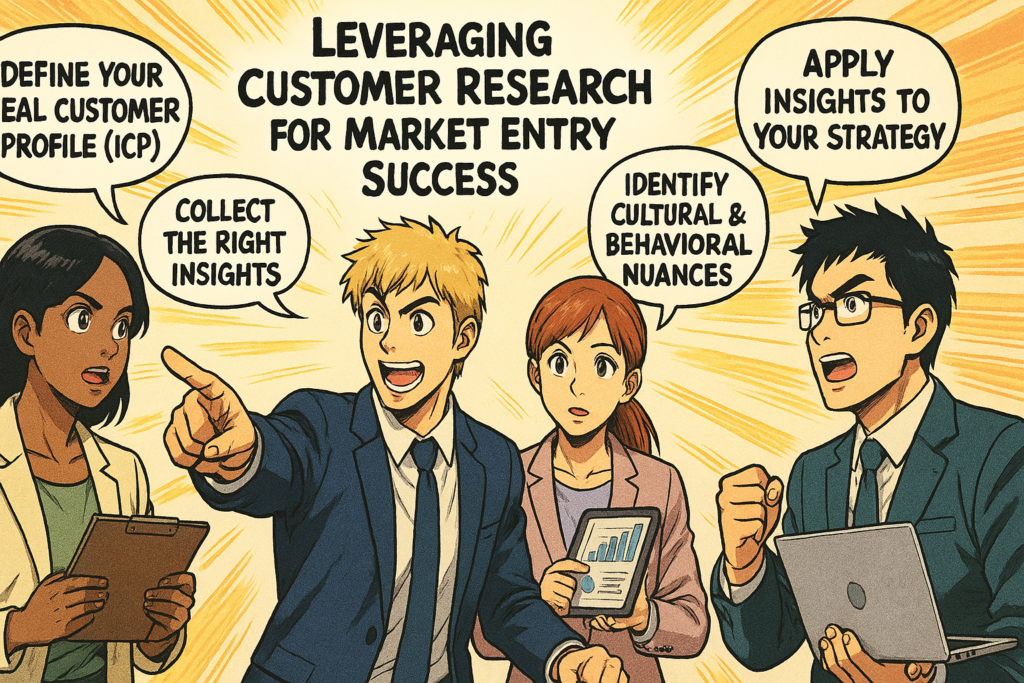Stop Dreaming, Start Doing: Why AI Solutions Are Your Next Strategic Move (Not a Magic Bullet for 2025)
Forget the hype. The idea of Artificial Intelligence (AI) magically solving every single problem by 2025 is seductive, but it’s a distraction. While AI’s transformative potential is undeniable, the real win isn’t waiting for a technological miracle. It’s about strategically leveraging intelligent AI solutions today to gain an unfair advantage. We’re closer than ever to AI tackling complex challenges, from healthcare breakthroughs to personal productivity hacks. The question isn’t ‘if AI will solve everything,’ but ‘how will you use AI to solve your critical problems?’ Let’s unpack the reality, the tangible wins, and the strategic hurdles you must clear.
Leverage Points: Where AI Delivers Measurable Impact Today
AI isn’t science fiction anymore. It’s a proven tool for problem-solving across industries. By 2025, these capabilities won’t just expand; they’ll define competitive advantage.
Healthcare: AI’s Blueprint for Disruption
Healthcare isn’t just an industry; it’s humanity’s bedrock. AI is already rewriting its rules, delivering tangible ROI:
- Early Disease Detection: AI-powered imaging tools accelerate diagnostics, saving lives and resources. This isn’t just speed; it’s precision at scale.
- Accelerated Drug Discovery: AI slashes development timelines for treatments and vaccines. Think faster cures, lower R&D costs.
- Personalized Medicine: AI analyzes vast patient data to tailor therapies. This means effective treatments, less guesswork, and a revolution in patient care.
The World Health Organization confirms: AI applications aren’t just improving quality; they’re drastically cutting costs and expanding access. That’s real impact.
Planet-Scale Problems? AI Is Your Solution
Environmental challenges demand audacious solutions. AI provides the data-driven clarity we desperately need:
- Predictive Analytics: AI models climate change impacts with unprecedented accuracy, enabling proactive mitigation. This isn’t just forecasting; it’s strategic planning for our future.
- Energy Optimization: AI enhances energy use in smart grids, radically cutting waste. Think efficiency, sustainability, and reduced operational costs.
- Wildlife Monitoring: AI technologies track endangered species and identify poachers. This is direct action, protecting biodiversity with intelligence.
These aren’t abstract concepts; they are critical AI solutions delivering measurable results for our planet’s health.
The Hard Truth: Why AI Won’t Solve EVERYTHING by 2025 (Yet)
Despite the rapid advancements, achieving universal AI problem-solving by 2025 faces significant strategic obstacles. Ignoring these is a critical mistake.
Raw Data to Real Power: The Integration Hurdle
AI systems demand vast, high-quality datasets and advanced algorithms. But the reality is messy:
- Many sectors lack standardized, accessible data. Without the right fuel, your AI goes nowhere.
- Integrating AI systems into legacy infrastructures is a massive challenge. This isn’t just plugging in; it’s often a complete overhaul.
- Training AI to manage nuanced human contexts and adapt to unexpected scenarios is an ongoing, complex task. AI excels at patterns, but human unpredictability is a different beast.
Developers and strategists must confront these gaps to unlock AI’s full, untapped potential. This isn’t a tech problem; it’s a strategic resource allocation challenge.
Navigating the Minefield: Ethics, Bias, & Trust in AI
Reliable AI solutions are built on trust. Failing to address ethical issues will derail adoption and destroy value:
- Bias: Flaws in AI models can perpetuate or amplify existing biases, leading to unjust or detrimental decisions. This isn’t just unfair; it’s a reputation killer.
- Privacy: The extensive data collection required for AI learning raises significant privacy concerns. Compliance and trust are paramount.
- Accountability: When autonomous systems make decisions, who is responsible? Clarity on accountability is non-negotiable for widespread deployment.
Global collaboration on AI ethics and governance frameworks is not optional; it’s vital to ensure solutions are both responsible and trustworthy. This is about building a sustainable future, not just shipping code.
Your Blueprint: How to Deploy AI Solutions NOW
You don’t need to wait for 2025 to benefit. The tools are here. Start leveraging current AI solutions for immediate impact.
Turbocharge Your Life: AI for Personal Mastery
Want to reclaim your time and sharpen your edge? AI is your secret weapon:
- Smart assistants manage schedules and send reminders. Stop forgetting, start executing.
- AI-powered writing and editing tools elevate your communication. No more bland emails; craft compelling messages effortlessly.
- Personalized learning platforms adapt to your pace and style. Learn faster, master skills quicker.
Unleash Growth: AI for Business Dominance
For businesses, AI isn’t an option; it’s a competitive imperative. Here’s how to win:
- Predictive analytics forecast market trends and customer behavior. Don’t react; anticipate and dominate.
- Automated customer service chatbots manage inquiries efficiently. Scale your support without scaling your team.
- AI-driven inventory management minimizes waste and prevents stockouts. Optimize operations, boost your bottom line.
Utilizing these AI solutions isn’t just preparation; it’s current strategic action that yields immediate results. This is how you build an AI-driven future.
The Unstoppable Force: Why Collaboration Fuels AI’s Future
AI advancements don’t happen in a vacuum. True impact demands strategic alliances and shared vision. This isn’t about competition; it’s about collective leverage.
Strategic Alliances: Building the AI Ecosystem
Public-private partnerships aren’t just buzzwords; they’re essential for accelerating AI’s potential:
- Combine resources and expertise to responsibly develop and share AI datasets. Data is power; shared data is exponential power.
- Fund critical research. Invest in the future, don’t just react to it.
- Pilot community-engaged AI projects. Test, learn, and iterate in real-world scenarios.
Beyond Adoption: Cultivating AI Literacy for True Impact
Educating the public about AI’s true capabilities and limitations fosters genuine acceptance and intelligent usage. Create feedback loops between users and developers. This isn’t just about PR; it’s about building trust and ensuring user-centric AI solutions that actually work.
The Long Game: AI’s Evolution Beyond the Hype
While 2025 is a benchmark, the pathway to AI addressing all challenges is a continuous journey. This is about sustained strategic investment, not a finish line.
Continuous Evolution: AI as a Perpetual Learning Machine
Expect AI systems to become increasingly autonomous, continuously enhancing solutions with less human intervention. This means more efficient, adaptable systems over time.
Human + AI: The Ultimate Creative Partnership
The future isn’t AI replacing humans; it’s AI extending human creativity, judgment, and problem-solving capacity. This balanced approach maximizes benefits while strategically mitigating risks. This is true symbiosis.
Stop Waiting. Start Building. Your Next Move in the AI Revolution.
Understanding AI’s true possibilities and strategic limitations empowers you to make informed decisions today. Don’t sit on the sidelines. Identify problems that AI tools could help solve right now and explore trusted solutions tailored to your specific needs. Stay relentlessly informed on breakthroughs and, more critically, the ethical discussions shaping AI’s evolution.
If you’re serious about integrating AI solutions into your projects or daily life for maximum impact and competitive advantage, reach out for expert support. AI holds incredible potential to resolve complex challenges by 2025, but realizing this potential demands proactive adoption, continuous collaboration, and relentless, responsible innovation. The time for action is now. Don’t just adapt; lead.



